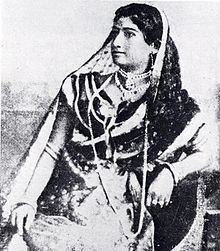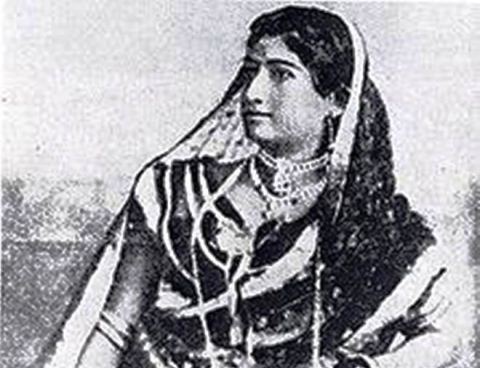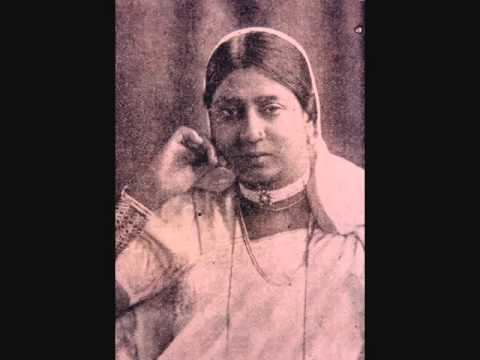Other names Notee Binodini Role Actress | Name Binodini Dasi Occupation Drama actress | |
 | ||
Born (age 77–78) ( 1862 ) Died 1941 (aged 77–78) | ||
Popular Videos - Binodini Dasi
Binodini Dasi (1862–1941), also known as Notee Binodini, was a Calcutta-based, Bengali-speaking renowned actress and thespian. She started acting at the age of 12 and ended by the time she was 23, as she later recounted in her noted autobiography, Amar Katha (The Story of My Life) published in 1913.
Contents

Biography

Born to prostitution, she started her career as a courtesan and at age twelve she played her first serious drama role in Calcutta's National Theatre in 1874, under the mentorship of its founder, Girish Chandra Ghosh. Her career coincided with the growth of the proscenium-inspired form of European theatre among the Bengali theatre going audience. During a career spanning twelve years she enacted over eighty roles, which included those of Pramila, Sita, Draupadi, Radha, Ayesha, Kaikeyi, Motibibi, and Kapalkundala, among others. She was one of the first South Asian actresses of the theatre to write her own autobiography. Her sudden retirement from the stage is insufficiently explained.

Sri Ramakrishna, a saint of 19th century Bengal, came to see her play in 1884. During her bygone days of glory, she was referred to as the Flower of the Native Stage and Moon of the Star Theatre. She was a pioneering entrepreneur of the Bengali stage and introduced modern techniques of stage make-up through blending European and indigenous styles.
Veteran Bengali actor Soumitra Chatterjee who has written the introduction to the recent reprint of her autobiography, mentions that the chroniclers of the theatre movement in 19th century Bengal make no reference to Binodini. This may be partly explained as an instance of class-caste divide. The upper class Brahmin-Brahmo dominated establishment that spearheaded the Bengal Renaissance felt it improper to acknowledge the merits of the talented lowly born. Her contribution to the establishment and enrichment of the organisations she was associated with, has been largely glossed over.
Her autobiography is lucid and explores a section of the 19th century Bengali world, at ease with European ideas, but conscious enough to carefully subjugate the female to the domain of the household. Women who talked of and expressed in their lives the very embodiment of liberated femininity were, surreptitiously viewed from a distance, to be loved and be the object of scorn—and never aspire to respectable notions of femininity.
